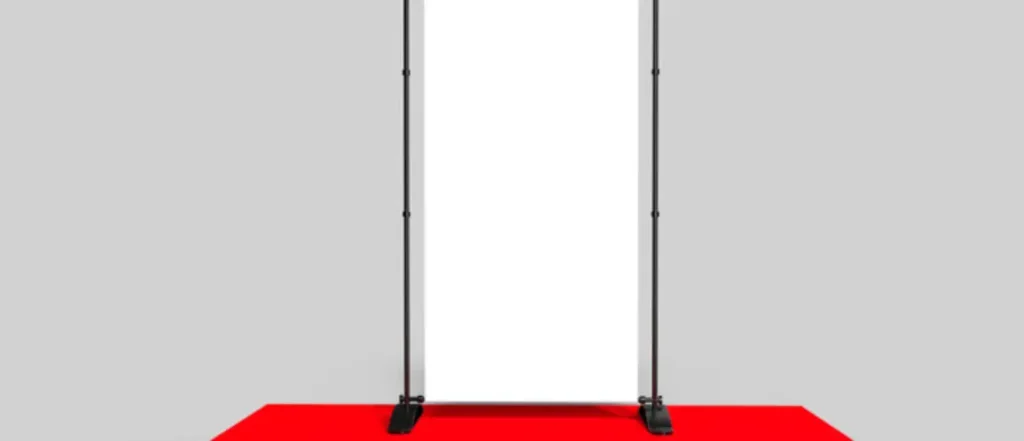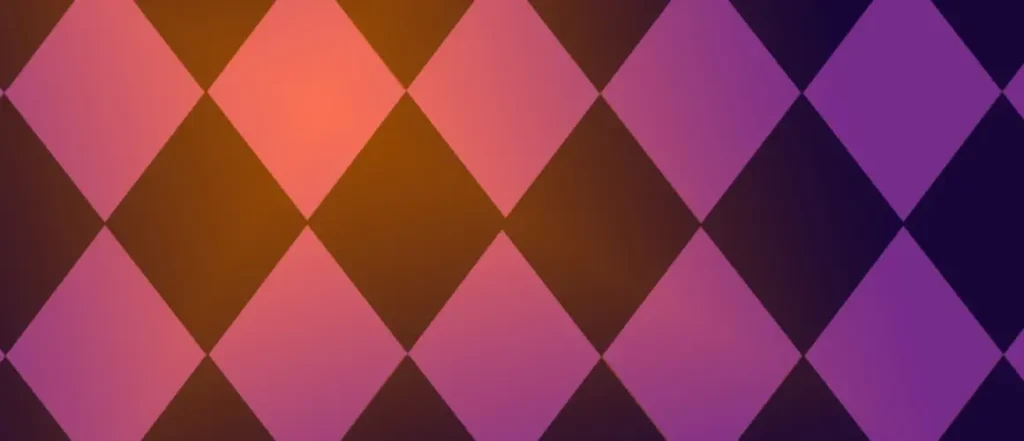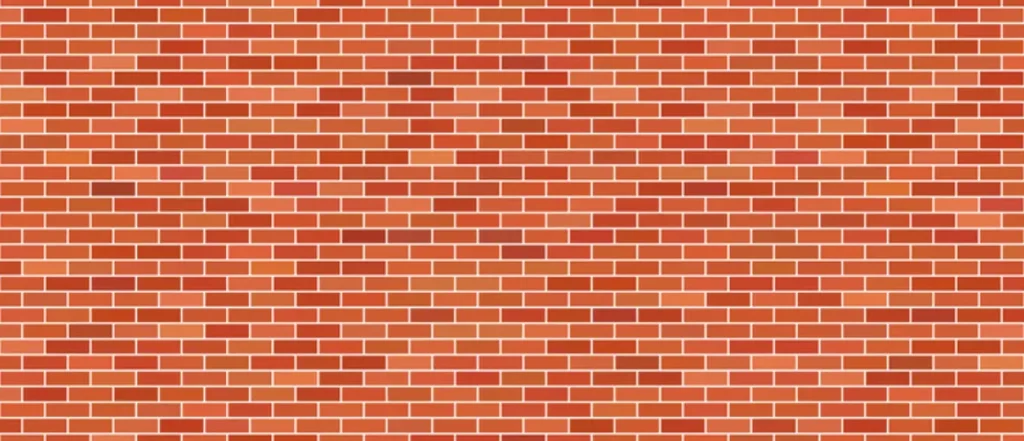At your next event, do you want to make an impression that will last? Step and repeat banners could be your secret weapon. These banners, adorned with repetitive patterns, serve as the perfect backdrop for capturing memories and promoting your brand. Whether it’s a corporate event, a wedding, or a trade show, step and repeat banners are versatile marketing tools that demand attention.
Before diving into the world of step and repeat banner design, let’s cover the basics. Here are some key factors to consider:
1. Size Matters Choosing the right size for your step and repeat banner is crucial. You’ll want to ensure it fits the space allocated to you while providing enough room for group photos. Common size dimensions include 8’ x 8’, 9’ x 8’, or 10’ x 8’. Opting for a wider width can make your booth area appear fuller, enhancing its visual impact.

2. Logo Visibility Your logos should be easily visible without cluttering the design. Selecting the appropriate size based on the shape of your logo is essential. For square logos, aim for sizes between 5 to 7 inches, while larger logos may require sizes ranging from 8 to 12 inches. Ensuring your logos stand out against the background is vital for effective branding.
3. Aesthetics and Colors The choice of background colors can significantly impact the overall appeal of your step and repeat banner. Opt for colors that complement your logo and branding. Experimenting with different color schemes and contrasts can help your logos stand out and attract attention from afar. A visually appealing design is key to capturing the interest of attendees.
Now, let’s explore eight captivating step and repeat patterns that will boost your banner:
1. Checkered Pattern Repeat The classic checkered pattern is a timeless choice for step and repeat banners. Arrange logos evenly in sets of four or five in alternating positions across the banner. This pattern exudes elegance and sophistication, making it suitable for various events.
2. Diamond Pattern Repeat For a modern and stylish look, consider the diamond pattern repeat. Utilize repeating diamond shapes stacked diagonally in rows to create a visually stunning backdrop. This pattern adds a touch of sophistication to your banner, making it stand out from the crowd.

3. Stripe Pattern Repeat Stripes offer versatility and can be arranged horizontally, vertically, or diagonally. Experiment with different stripe patterns, textures, and colors to create a dynamic and eye-catching design. Stripes can add depth and visual interest to your step and repeat banner, making it more engaging for attendees.
4. Full Drop/Block Pattern Repeat The full drop or block pattern repeat is a simple yet impactful design choice. Arrange the repeat block in a grid format to showcase multiple logos in a structured layout. This pattern is ideal for businesses looking to promote multiple brands or sponsors at events.
5. Half-Drop Repeat Pattern The half-drop repeat pattern adds a unique twist to traditional step and repeat designs. Stack repeat units vertically in a column format with offsetting to create an interesting visual effect. This pattern is perfect for adding a touch of creativity to your banner while maintaining a professional appearance.
6. Brick Pattern Repeat Similar to the half-drop pattern, the brick pattern repeat offers a structured yet visually appealing design. Stack repeat units horizontally with half-offsetting, resembling a brick wall. This pattern strikes a balance between formal and casual, making it suitable for a wide range of events.

7. Circular Pattern Repeat Introduce a touch of whimsy with a circular pattern repeat. Arrange logos in a circular formation, radiating outwards from the center of the banner. This pattern adds a playful element to your step and repeat design, making it memorable for attendees.
8. Geometric Pattern Repeat Experiment with geometric shapes and patterns to create a bold and contemporary step and repeat banner. Incorporate triangles, squares, or hexagons into your design for a visually striking effect. Geometric patterns can add visual interest and depth to your banner, making it stand out in a crowd.
By incorporating these mesmerizing patterns into your step and repeat banner, you’ll capture the attention of attendees. Don’t miss the opportunity to elevate your brand presence and attract potential customers with a captivating step and repeat banner.
Enhance Engagement with Step and Repeat Banners
In the fast-paced world of events and exhibitions, standing out is key to success. Step and repeat banners offer a unique opportunity to grab attention and promote your brand effectively. Here are some additional insights to maximize engagement with your step and repeat banner:
| Strategies | Description |
| Interactive Elements | Consider incorporating interactive elements into your banner design, such as QR codes or social media handles. This encourages attendees to engage with your brand online, extending the reach of your marketing efforts beyond the event. |
| Branded Props | Provide branded props or accessories for attendees to use while taking photos in front of your step and repeat banner. This not only enhances the visual appeal of the photos but also increases brand visibility when shared on social media platforms. |
| Live Streaming | Set up a live streaming station near your step and repeat banner, allowing attendees to share their experiences in real-time. This creates buzz around your brand and encourages others to visit your booth to join the excitement. |
| Contests and Giveaways | Host contests or giveaways that require attendees to take photos in front of your step and repeat banner and share them on social media with a specific hashtag. This incentivizes engagement while generating user-generated content for your brand. |
| Customization Options | Offer customization options for your step and repeat banners, such as personalized backgrounds or filters. This allows attendees to tailor their experience to their preferences, increasing their likelihood of engaging with your brand. |
By implementing these strategies, you can enhance engagement with your step and repeat banner and create memorable experiences for attendees. Remember, the goal is not just to attract attention but to foster meaningful interactions that leave a lasting impression on your target audience.
In conclusion, step and repeat banners are more than just backdrops; they’re powerful marketing tools that can enhance your event experience and boost brand visibility. Choose your pattern wisely and watch as your banner becomes the center of attention at every event. Achieve success with a captivating step and repeat banner that impresses everyone who encounters it.
Written By


 Posted in
Posted in